On this Los Angeles to Yosemite National Park road trip, you can go from surfing in the Pacific Ocean and seeing marine life to the natural splendor of the Sierra Nevada Mountains.
Enjoy all that nature has to offer on this road trip from Los Angeles to Yosemite National Park, from hiking in Griffith Park to exploring a jewel of America’s National Parks system. There is plenty of adventure along the way, with stops along the Pacific Coast Highway like Carmel-By-The-Sea, Morro Bay and the incredible Big Sur. We’ll travel from the famous Venice Beach to the historic Hearst Castle and make stops at Point Mugu State Park in the Santa Monica Mountains plus the quaint farming town of Cambria. We’ll also see some of the area’s marine life and wildlife along the way, including the Piedras Blancas Elephant Seal Rookery. We’ll visit Point Sur State Historic Park and the wonderful city of San Francisco before we get to our most northern destination, Yosemite National Park.
Stops
1. Los Angeles, CA
2. Piedras Blancas Elephant Seal Rookery
3. Hearst Castle
4. Point Sur State Historic Park
5. San Francisco, CA
6. Yosemite National Park
Info at a glance
- A 10-day trip
- Type of route: Nature
- 6 stops along the route
- 626 miles of driving
Highlights
- Stroll the iconic Santa Monica Pier.
- Tour the historic Hearst Castle.
- See elephant seals lounging on the beach.
- Ride a cable car in San Francisco.
- Hike the trails in Yosemite National Park.
Getting to the start
The road trip starts in Los Angeles, California, and ends at Yosemite National Park. Los Angeles International Airport is a good, central airport to fly into, and there are many choices for transportation. Car rentals are the best bet for this road trip, as the route is very scenic and there are great cities to visit on the way. Another good option is Burbank Hollywood Airport, as it is central to the San Fernando Valley and the greater Los Angeles area is easily accessible. There are also several Amtrak train routes arriving at LA’s Union Station including the Southwest Chief, Coast Starlight, Sunset Limited and Pacific Surfliner.
When to Visit
The weather in California is pleasant year-round, but the best time for a road trip from Los Angeles to Yosemite is September through October. Fewer people are traveling at this time, and you can get the best travel prices. While Los Angeles can get warm, as you reach northern California the temperatures get cooler, especially at night. Be sure to pack clothing to layer like scarves, fleece jackets and light to medium-weight shirts and pants, as well as rain gear. Northern California weather can change quickly, and it can be hot one day and cool the next. And don’t forget your swimsuit!
Driving tips
If you want the most scenic route, Highway 1, otherwise known as the Pacific Coast Highway, is the best road to take although it will take you longer. The maximum speed limit on this two-lane highway is 65 miles per hour, and it’s lower in certain areas. There are many sharp curves on the trip, so pay attention to the street signs. If it’s wet and rainy, there could be mudslides or falling rocks that get into the roadway. You also may encounter tolls on the route, especially on bridges in the San Francisco area.
What to know about the route
There are 626 miles to cover on this road trip. The Pacific Coast Highway can be accessed in Los Angeles by taking Highway 101 north to where it intersects with Highway 1, which runs along the coast all the way to San Francisco and Northern California. There are plenty of small towns on the way like Carmel-By-The-Sea, Morro Bay, and the incredible Big Sur. This route is truly for nature lovers, and you’ll be awed by the natural beauty all around you as you make your way north. Expect to see tons of wildlife like seabirds and seals along the cliffs. Before you get to Yosemite, there is of course San Francisco to explore. After you’re done in San Francisco you can take Interstate 580 East and then continue on Highway 120 E that will take you all the way to Yosemite. If you’re renting a car for the road trip, enjoy the good weather along the route with a convertible or find the space you need with an SUV. For more information about renting an SUV, visit SUV rental Los Angeles.
Los Angeles, CA
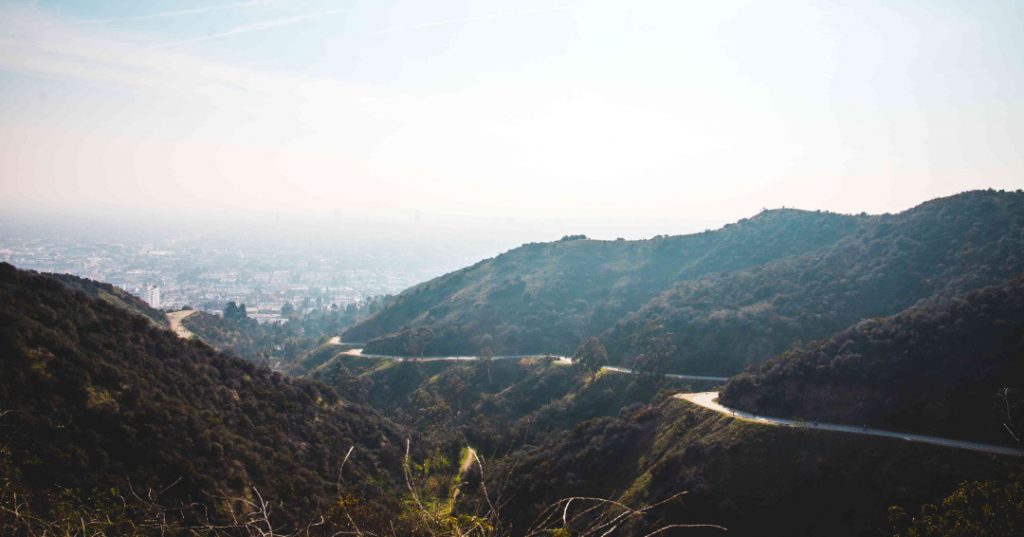
Also known as the City of Angels, Los Angeles is the home of famous neighborhoods like Hollywood, Venice Beach and Beverly Hills. There is so much to see and do in LA you’ll wonder how you can squeeze it all in.
Points of interest
Rent a bike and ride along the Venice Beach Boardwalk, which is in reality miles of cement stretching across the sand with great ocean views. Take a picture next to the Hollywood sign and walk down Hollywood Boulevard to see the Hollywood Walk of Fame. If you want some fresh air, go for a hike in Topanga Canyon, Runyon Canyon Park or Griffith Park that offers great views over the city.
Where to eat, drink and sleep
An excellent hotel choice while visiting Los Angeles is the Beverly Wilshire. It’s centrally located to all things LA. For amazing cuisine, look no further than West Hollywood where you can find both cute cafes and cutting-edge restaurants. And for just a taste of the range of cuisines found in the city, get tacos from a taco truck or head to Koreatown for some BBQ.
Sixt Insider Tip
For a little day trip, spend an entire day in Santa Monica. You can start on the promenade and perhaps see some live music, then walk around to visit all the interesting shops and galleries. There is always entertainment with street performers, too. The Santa Monica Pier is always a treat, as it has a Ferris wheel and carnival atmosphere.
From LA to Hearst Castle (142 miles)
Next, we’ll see some marine life at the Piedras Blancas Elephant Seal Rookery. On the way, don’t miss Point Mugu State Park in the Santa Monica Mountains. There are more than 70 miles of hiking trails with pristine ocean views. Be sure to explore the Boney Mountains State Wilderness Area that borders the park. Ventura is also an interesting place to stop along the way.
Piedras Blancas Elephant Seal Rookery
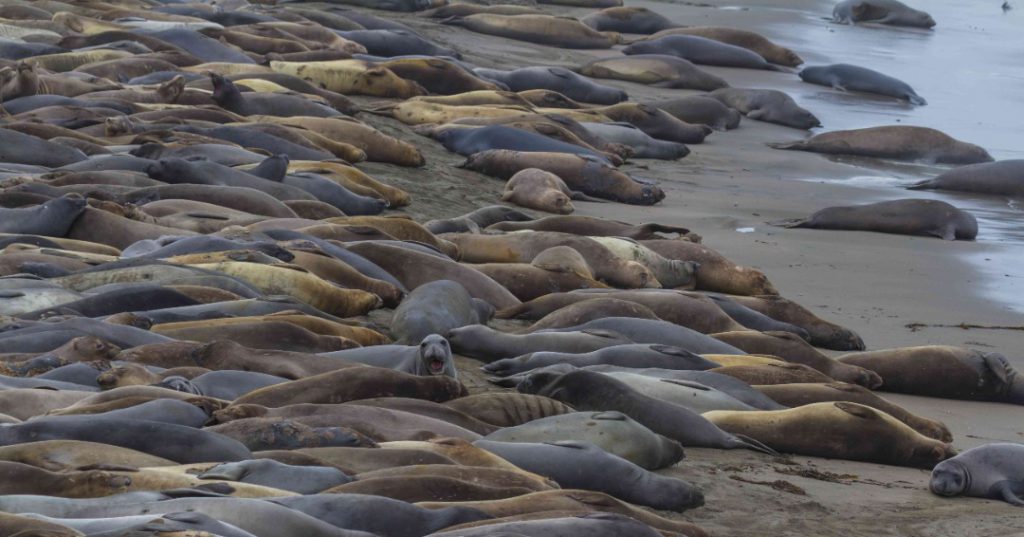
This destination is unique because it’s the largest seal rookery in the United States. The number of northern elephant seals you can see here peaks three times per year where you can see them on the beach. The rest of the 8-10 months of the year the seals spend underwater hunting for fish. Onshore, they mate, have offspring and molt between trips.
Sixt Insider Tip
The Piedras Blancas Rookery can have up to 24,000 elephant seals every year, and this includes adults and baby elephant seals. You can see them here three times a year: In January when babies are born, the beginning of May and late October. If you want to see a lot of seals you should plan on visiting during one of these times.
From Piedras Blancas Seal Rookery to Hearst Castle (4 miles)
On the short drive from the seal rookery to Hearst Castle, you will pass a scenic viewpoint where you can stop and take photos of the view over the Pacific Ocean. You can also stop in San Simeon and get a preview of all things Hearst, as the town features the Hearst Ranch Winery and William Randolph Hearst Memorial Beach.
Hearst Castle
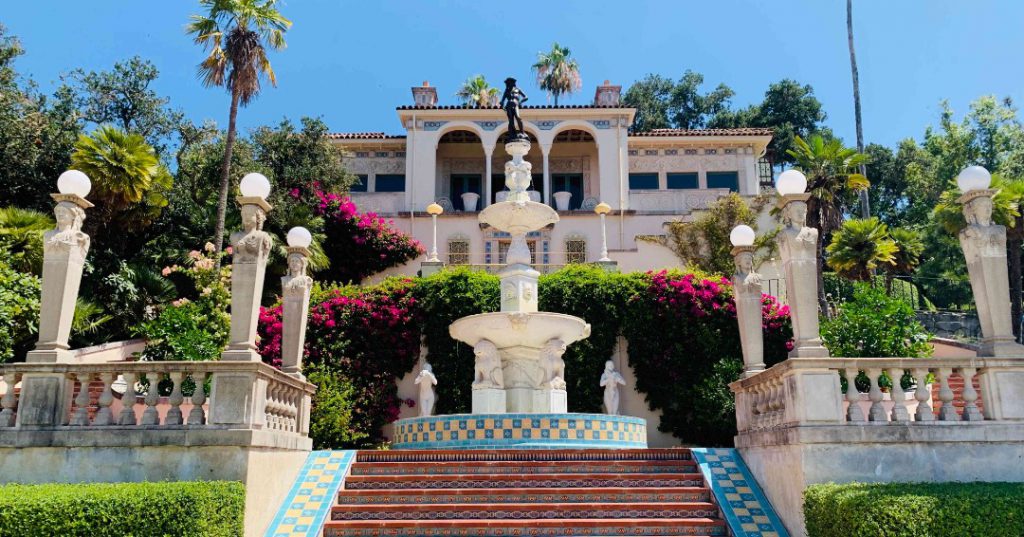
The historic Hearst Castle was built by William Randolph Hearst, the famous newspaper publisher and eccentric millionaire. Located 65 miles south of Big Sur outside of San Simeon, CA, this estate on the hill has to be seen to be believed. The mansion features 115 rooms, including 38 bedrooms, and a Greek-style indoor pool. Hearst inherited the land from his mother, and the mansion took 25 years to build.
Points of interest
It’s worth taking the tour for a good overview of the house and grounds. There is also an upstairs tour and a Cottages and Kitchen Tour. All the tour options have a 40-minute movie that features the complete background of Hearst’s life and the construction of the mansion. There is a small museum and a tram to take you up to the house.
Sixt Insider Tip
Check out the farming town of Cambria just next to the mansion. There are quaint shops, restaurants, and galleries, and the entire town is walkable. Main Street is a 3-mile loop around the city, so it’s impossible to get lost. If you want a souvenir from Hearst Castle, there are plenty to choose from in town at any of the many tourist shops.
From Hearst Castle to Point Sur State Historic Park (71 miles)
Get your cameras ready for some magical vistas. Before you get to the next location, continue north on the Pacific Coast Highway and consider making a stop at Ragged Point for an amazing view. Gorda and Lucia are next as the coastline continues to change into steeper cliffs. Just off the highway look for the beginnings of Pfeiffer Big Sur State Park.
Point Sur State Historic Park
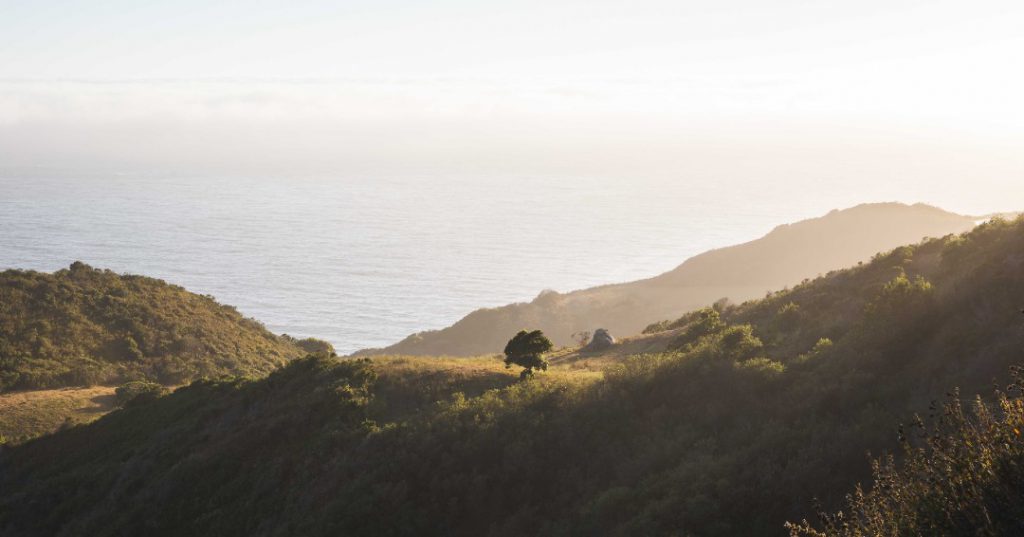
The site used to contain the Point Sur Naval Facility and was active in combating the infiltration of Soviet submarines. There are three-hour walking tours available but be sure to bring warm clothes as the weather tends to be chilly. The park offers amazing views of the Pacific coastline, with green cliffs against the horizon and ships sailing below.
Sixt Insider Tip
While visiting the park, plan to tour the Monterey Bay National Marine Sanctuary. It offers a wide variety of marine life, including humpback whales, dolphins and seals. The sanctuary offers kayak tours and many other educational activities for the entire family where you can learn more about marine life in northern California.
From Point Sur State Historic Park to San Francisco (141 miles)
Make time to stop at sites like Notley’s Landing, and you will want to make time for a few hours or even a day at Carmel-by-the-Sea. This quaint little city on the coast has fine restaurants and eclectic shops, and the cliff views and the roaring sea below are breathtaking.
San Francisco, CA
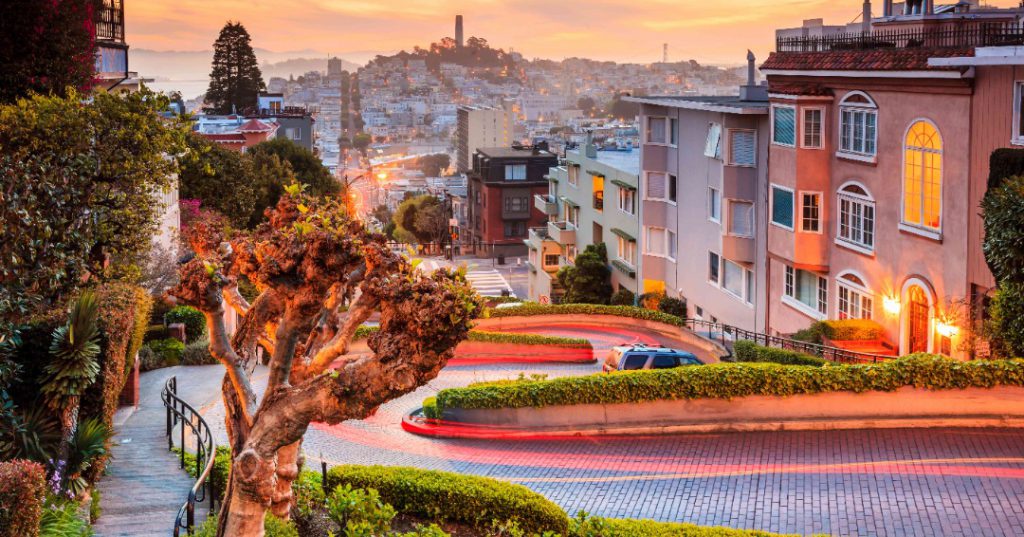
There is so much to do in San Francisco that it’s difficult to know where to begin. The city on the bay has it all, with art, culture, history and shopping to cater to everyone. At the Golden Gate Bridge’s southern end, you will find the Presidio, a former army base that now features hiking trails and amazing vistas.
Points of interest
Get a fabulous seafood meal and shop at Fisherman’s Wharf and visit the San Francisco Maritime National Historic Park to see the ancient vessels that once patrolled the waters surrounding the city. Lombard Street is the craziest street in the city, and a treat to walk up or drive down. Union Square features distinctive shops and restaurants for a full day of relaxation.
Where to eat, drink and sleep
For some of the best food in the city, head to Chinatown where you will find everything from traditional Chinese fare to seafood. The city is full of quaint hotels and bed and breakfasts and choosing one near the city center makes it easy to get around via public transit or walking.
Sixt Insider Tip
For a great way to get around, try the Big Bus San Francisco Hop-on Hop-off Open Top Tour. The 2-hour ride allows you to hop around the city and see more in 2 hours than you would by walking or taking a taxi. A bus tour will also give you background information on sites to see and the city itself.
From San Francisco to Yosemite (167 miles)
The last leg of the road trip will take you east across the state to the beauty of Yosemite State Park. Along the way, you will pass by small towns and farmland as a change of pace from the coastal views of most of the route.
Yosemite National Park
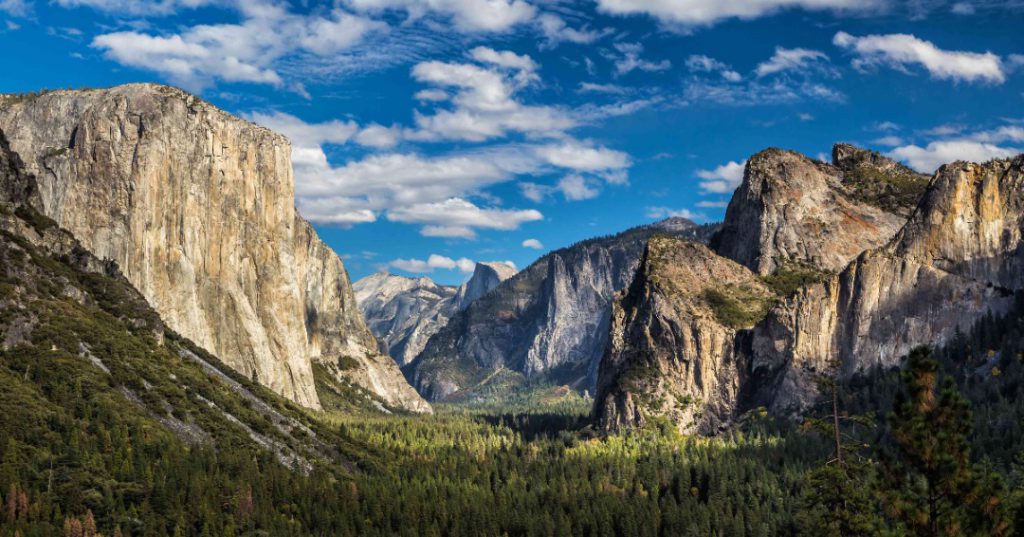
Yosemite National Park is famous for its waterfalls and granite walls like El Capitan that are popular with rock climbers. The park covers almost 1,200 square miles of beauty. You will discover deep valleys, pristine green meadows and of course the famous giant sequoias. There are miles of hiking trails through every sort of terrain, from waterfalls to creeks to meadows.
Points of interest
See the waterfalls, and all of them if you can. Each one is spectacular and offers different views of the forest. Hike the Yosemite Valley, Glacier Point Road and the Tuolumne Meadows for an unprecedented experience in nature. Look out for wildlife with every step, as the park is full of unique animals.
Sixt Insider Tip
Take note that most campgrounds must be reserved, and you should do so as early as possible as they fill up quickly. They are usually fully booked from April through September, so optimal planning is vital to make your park experience an easy one. It’s also a good practice to look at the various camping options. Some sites offer full shower facilities and RV hookups, while others are more primitive.